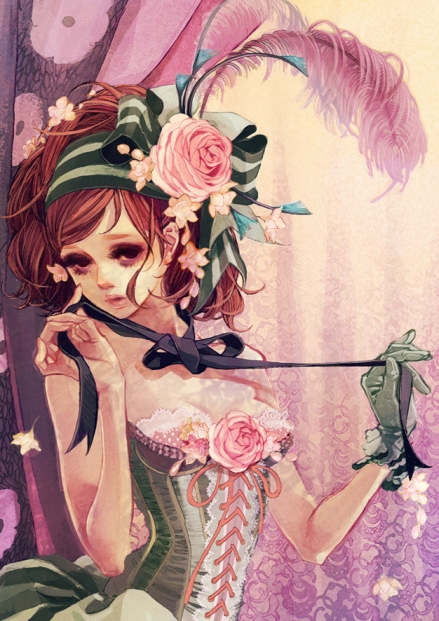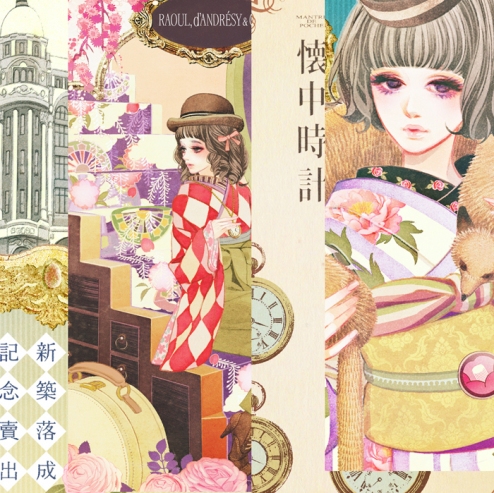After being all gung-ho on starting homework on Monday, I think I overdid it a little and messed up some muscles in my neck. I don’t remember inking being so hard… body, y u hate me? ;_;
So as I sit here smelling of bear balm with a heat pack on my poor neck, I thought I’d take a minute to share something really cool I stumbled upon through twitter- wait, maybe it was reddit… or was it tumblr? I think I have a slight social media overload going on here. Anyway, PBS’s Off Book is a series of videos about art and design related goodies. The only two I’ve seen so far are embedded below, but there are a handful of others I’ve yet to watch (since I have to get homework done at some point).
After watching this, my love for illustration was renewed! As I’ve progressed through school so far, I’ve been trying to soak up as much information as possible on fine art and illustration careers. The line between them is not as blurred as I thought, it goes much deeper than originality versus commercialism. I haven’t really made up my mind on which one I’d like to pursue over the other, and this video made it a bit harder. I was initially leaning towards fine art because I wanted absolute freedom of expression. However, listening to artists talk in this video about how being unique is so valued as an illustrator these days, and seeing some of the amazing works presented, it looks like I’d have more freedom with illustration than I believed.
I’ve found myself giving fan artists a bit of a hard time lately (in my head mostly). It seems too easy to take someone else’s character idea and put a face to it in exchange for fanboy’s/fangirl’s money. This video has softened me a bit to it, though I still prefer original work. The sense of humor and community in fanart is hard to match and certainly something I participate (ie: lurk) in with my favorite shows. As a bonus, there’s a short interview with Sam Spratt, a digital artist I’ve fawned a bit over.
Alright, I’m almost through my second coffee of the day and need to get back (no pun intended) at it. I’m hoping that I’ll be able to finish up homework by Friday, since I’ll be visiting home over the weekend to touch base with family. With any luck and lots of frequent breaks, my neck will be back to normal by then. Cheers!











